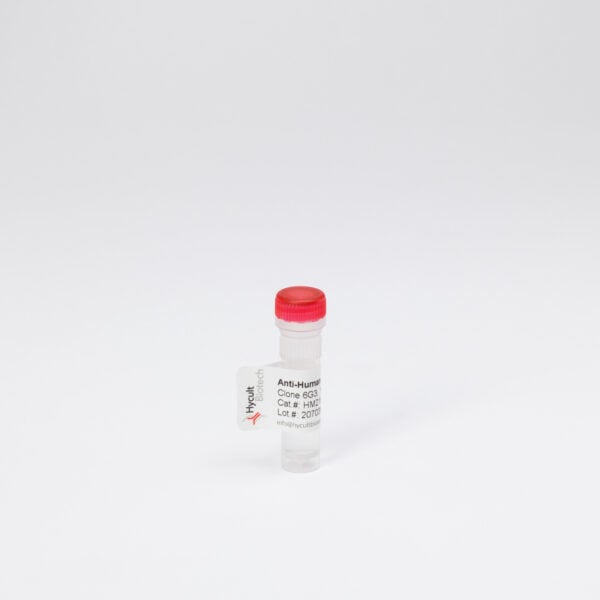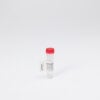RNase 7, Human, mAb 4F9
€133.00 – €510.00
Monoclonal antibody 4F9 recognizes human RNAse7. Antimicrobial proteins (AMP) are a fundamental element of the primary response against pathogens. AMPs are small endogenous cationic molecules expressed by phagocytic and epithelial cells. The antimicrobial activity of AMPs is directed towards a broad spectrum of pathogens, like Gram-positive & negative bacteria, viruses, yeast and fungi. AMPs aid in innate and adaptive immunity via direct inactivation and by immunomodulatory activity like leukocyte migration. RNAse 7 is an protein secreted by a variety of epithelial tissues and is a member of the RNAse A superfamily. This family shares sequence and structural similarities such as conserved cysteine residues as well as conserved histidines and a lysine in the active center catalysing the ribonuclease activity. RNAse7 is a 14.5 KDa protein with distinct ribonuclease activity. However, the antimicrobial activity is independent form the ribonuclease activity which might be associated with antiviral activity. On a per molar basis, RNAse7 is one of the most potent AMP. RNAse7 contributes to the sterility in several systems. It is described to be important in sterility of the kidney and urinary tract as well as its contribution to the skin barrier protection. In the urinary system it is constitutively expressed by the intercalated cells in the renal collecting tubules and is present in the urine at such levels to kill bacteria at baseline. In the skin it contributes to control the growth of microorganisms on the skin surface, and the expression levels can be further induced under control of proinflammatory cytokines. The bactericidal activity of RNAse7 has been associated with its ability to bind and permeate the bacterial cell membrane. This requires clustering of lysine residues. RNAse7 is able to bind LPS and peptidoglycans. In ocular surface, signal transduction associated with RNAse7expression is mediated via MAPKs but not NF-κB signalling pathways. IL1β leads to an increased expression of RNAse7.






